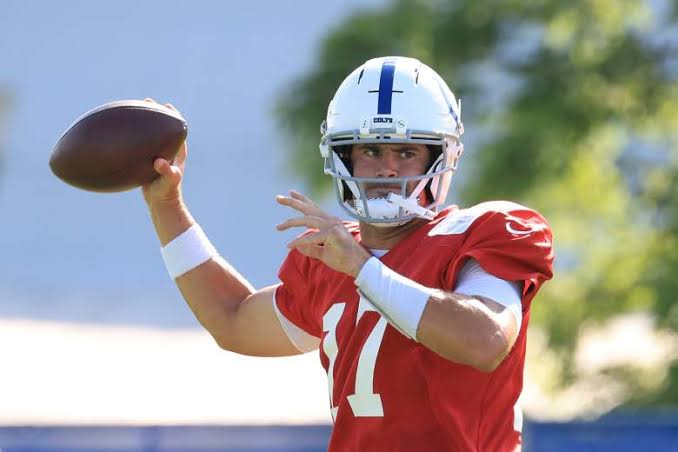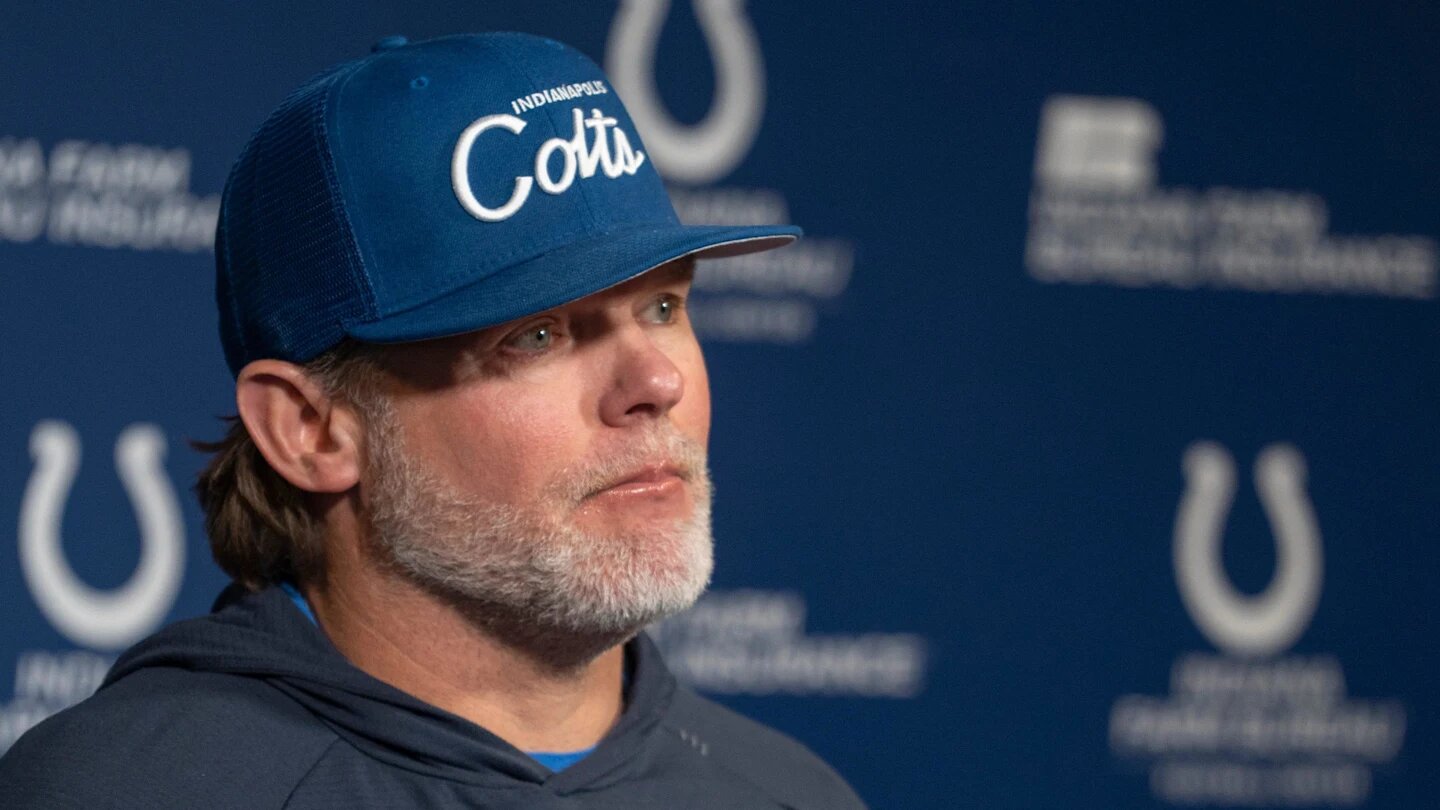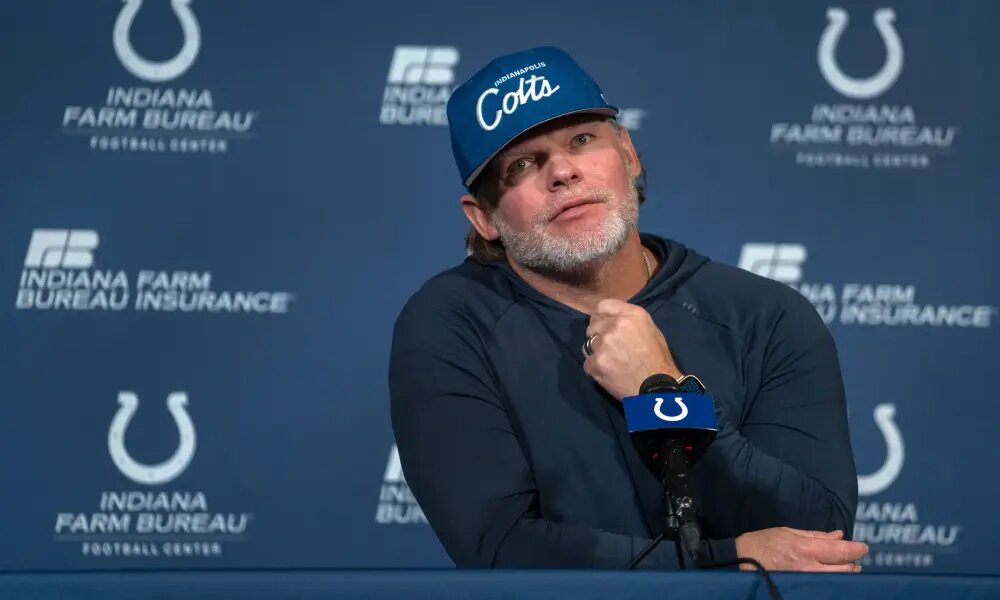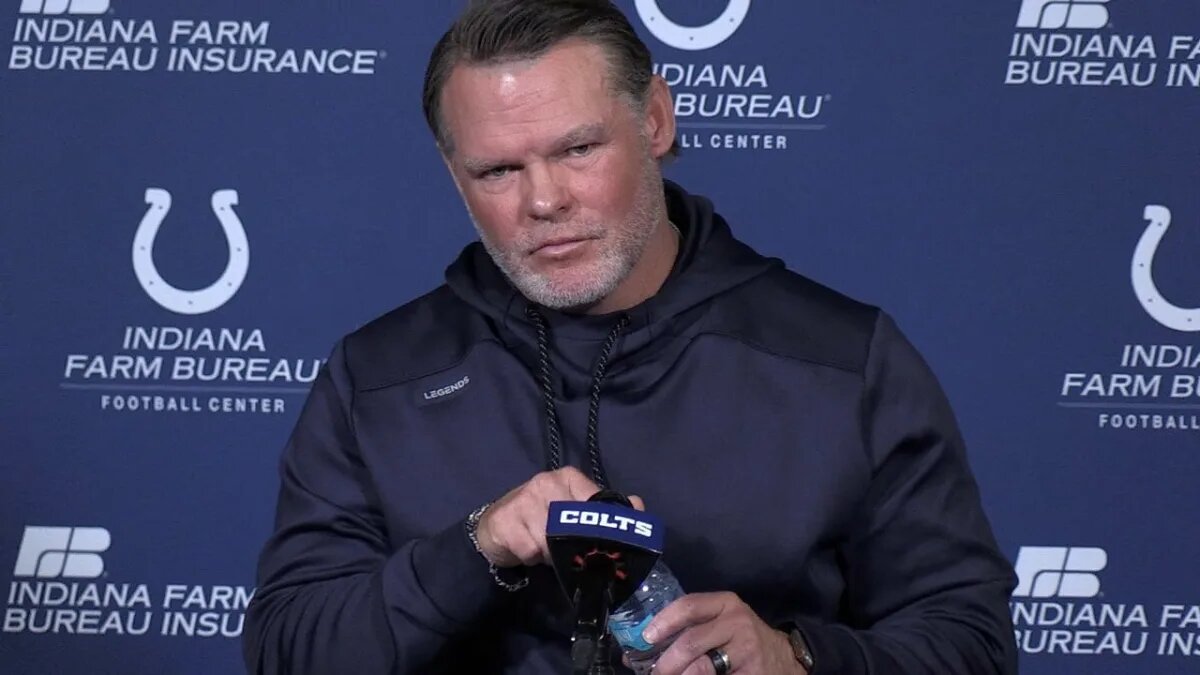The Indianapolis Colts made one of the more surprising quarterback moves of the offseason when they moved on from Anthony Richardson in favor of Daniel Jones. From the outside, it looked like a head-scratcher — giving up on a high-upside talent for a passer who has struggled with injuries and inconsistency in New York.
But the reasoning was less about chasing ceiling and more about seeking stability.
“The quarterback decision,” The Athletic’s Robert Mays said. “This is a combination of wanting consistency and about crawling into self-preservation. I think both of those things are happening at the same time. If you just measure the overall quality, if we just put a number on it at the end of the year, Anthony Richardson versus Daniel Jones, I think it would probably be a similar number. The difference is, the Daniel Jones line would be a straight line the entire year.
The difference is, the Daniel Jones line would be a straight line the entire year. And the Anthony Richardson line would look like a sine graph. It would just be like going up and down around the straight line. And they just didn’t want that anymore. I think they just wanted something that felt a little bit more consistent, even if it was underwhelming.”
Why the Colts Pivoted
For the Colts, the Richardson experiment was always going to be about patience. Everyone knew he had rare athletic traits, but the development curve was steep, and health was a question after he missed most of last season. Mays points out that Indianapolis’ regret wasn’t necessarily drafting Richardson — it was rushing him into action.
That sentiment sheds light on why the team pivoted to Jones, a quarterback whose ceiling is modest but whose week-to-week variance is far lower. For a front office and coaching staff trying to stabilize, the “sine wave” of Richardson’s highs and lows wasn’t a ride they wanted to take again.
Short-Term vs. Long-Term
The question now is whether this kind of short-term self-preservation comes at the expense of long-term growth. Jones might give the Colts a steadier product in 2025, but Richardson’s flashes suggested he could become a true difference-maker if given the time to grow.
Indianapolis is betting that competence and stability — paired with stars like Jonathan Taylor, Michael Pittman Jr., and Quenton Nelson — can push them into the playoff picture.
The Colts didn’t view the quarterback decision as a swing for the fences. They saw it as a move toward consistency, even if it meant giving up the chance for bigger highs. As Mays explains, the team simply didn’t want to ride the roller coaster of Richardson’s development anymore.
Whether Jones proves to be enough of a steady hand or just another placeholder remains to be seen.




